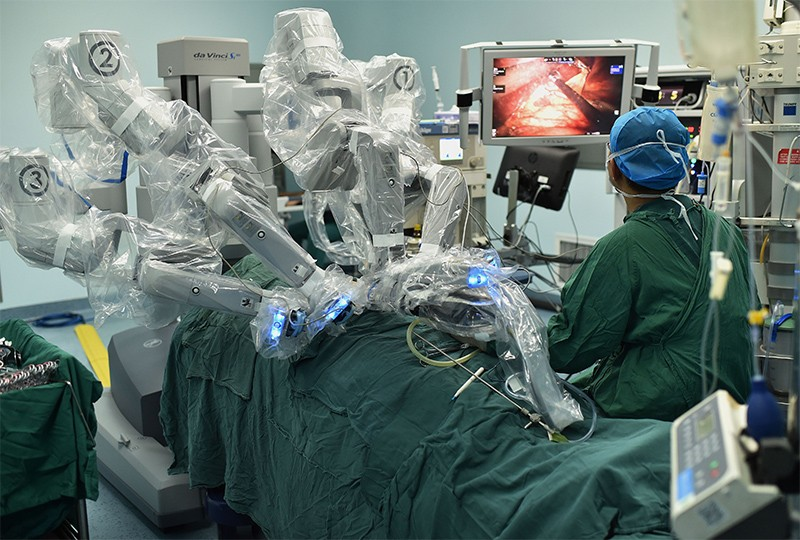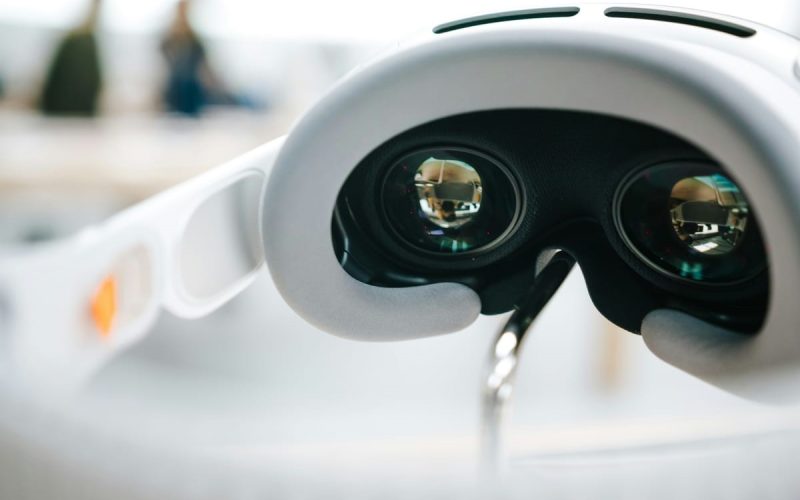In the ever-evolving landscape of modern medicine, the integration of technology has become a pivotal factor in advancing surgical precision. From robotic systems to advanced imaging techniques, these innovations are revolutionizing the way surgeries are performed, minimizing human error, and improving patient outcomes. This article delves into the various technological advancements that are enhancing surgical precision and transforming the field of surgery.
The Role of Robotic-Assisted Surgery
One of the most significant breakthroughs in surgical precision technology is the advent of robotic-assisted surgery. Systems like the da Vinci Surgical System have become synonymous with this innovation, allowing surgeons to perform complex procedures with greater accuracy and control. These robotic systems provide a range of benefits:
- Enhanced Dexterity: Robotic arms can rotate and maneuver in ways that human hands cannot, allowing for more precise movements during surgery.
- Minimized Tremors: The robotic system can filter out the natural tremors of a surgeon’s hands, ensuring steady and precise incisions.
- Improved Visualization: High-definition, 3D cameras provide surgeons with a magnified view of the surgical site, enhancing their ability to see and navigate intricate anatomical structures.
Advanced Imaging Techniques
Imaging technology has also seen remarkable advancements, contributing significantly to surgical precision. Techniques such as Magnetic Resonance Imaging (MRI), Computed Tomography (CT), and Positron Emission Tomography (PET) have become indispensable tools in preoperative planning and intraoperative guidance.
Preoperative Planning
Advanced imaging techniques allow for detailed visualization of the patient’s anatomy before the surgery. Surgeons can create 3D models of the surgical site, enabling them to plan the procedure with a high degree of accuracy. This preoperative planning reduces the risk of complications and enhances the overall precision of the surgery.
Intraoperative Guidance
Intraoperative imaging provides real-time feedback during the surgery, allowing surgeons to make immediate adjustments as needed. Technologies such as intraoperative MRI and CT scans enable continuous monitoring of the surgical site, ensuring that the procedure is progressing as planned and enhancing the surgeon’s ability to navigate complex anatomical structures.

Augmented Reality (AR) and Virtual Reality (VR)
Augmented Reality (AR) and Virtual Reality (VR) are emerging as powerful tools in enhancing surgical precision. These technologies offer immersive experiences that can significantly improve both the training of surgeons and the execution of surgeries.
Surgical Training
VR simulations provide a risk-free environment for surgeons to practice and hone their skills. These simulations can replicate a wide range of surgical scenarios, allowing surgeons to gain experience and confidence before performing actual procedures. The realistic nature of VR training ensures that surgeons are well-prepared and proficient in the techniques required for precise surgeries.
Intraoperative Assistance
AR technology can overlay digital information onto the surgeon’s field of view, providing real-time guidance and enhancing their ability to perform precise maneuvers. For example, AR can project a 3D model of the patient’s anatomy onto the surgical site, helping the surgeon to visualize hidden structures and navigate more accurately.
Artificial Intelligence (AI) and Machine Learning
Artificial Intelligence (AI) and Machine Learning are increasingly being integrated into surgical precision technology. These technologies have the potential to revolutionize the way surgeries are performed by providing data-driven insights and predictive analytics.
Predictive Analytics
AI algorithms can analyze vast amounts of data to predict potential complications and outcomes. This predictive capability allows surgeons to make informed decisions and adjust their strategies to minimize risks and enhance precision.
Automated Assistance
Machine learning algorithms can assist in automating certain aspects of surgery, such as suturing and tissue manipulation. These automated systems can perform repetitive tasks with a high degree of accuracy, reducing the burden on surgeons and allowing them to focus on more complex aspects of the procedure.
Minimally Invasive Surgery (MIS)
Minimally Invasive Surgery (MIS) has gained popularity due to its ability to achieve surgical precision with minimal trauma to the patient. Technological advancements have played a crucial role in the development and success of MIS techniques.
Laparoscopic Surgery
Laparoscopic surgery, a form of MIS, involves the use of small incisions and specialized instruments to perform surgeries. The use of high-definition cameras and precision instruments allows surgeons to operate with a high degree of accuracy, reducing the risk of complications and promoting faster recovery times.
Endoscopic Surgery
Endoscopic surgery is another form of MIS that utilizes flexible endoscopes to access and treat internal structures. Advanced endoscopic technology provides clear and detailed images of the surgical site, enabling surgeons to perform precise procedures with minimal disruption to surrounding tissues.
Conclusion
The integration of technology in the field of surgery has brought about a new era of precision and accuracy. From robotic-assisted systems and advanced imaging techniques to AR, VR, AI, and minimally invasive approaches, these innovations are transforming the way surgeries are performed. The continuous development and adoption of surgical precision technology hold immense promise for improving patient outcomes, reducing complications, and advancing the overall quality of surgical care.
As technology continues to evolve, the future of surgery looks increasingly promising. Surgeons equipped with these advanced tools will be able to perform procedures with unprecedented precision, ultimately leading to better patient care and a higher standard of medical practice.










